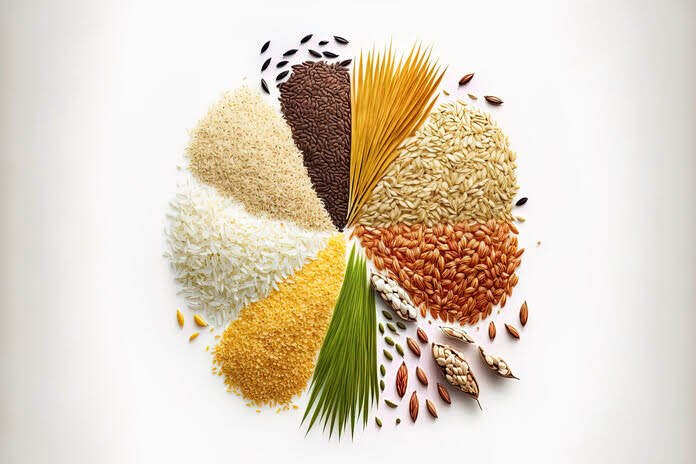The October Supply and Demand Reports from the USDA have historically taken a back seat to the ongoing harvest in the agricultural industry. However, this trend shifted in 2005 due to the US Energy Policy Act, which ignited demand for corn and increased position limits in agricultural commodities.
As we find ourselves in mid-October, the 2023 fall harvest is well underway, with the latest estimates from the National Agricultural Statistics Service (NASS) indicating that 33% of the US corn harvest and 30% of the US soybean harvest have been completed. The agricultural community is buzzing with discussions about the upcoming USDA reports, particularly regarding corn and soybean production.
The author of this piece, while acknowledging the interest in these reports, expresses a personal lack of interest, as they believe that the information needed to understand supply and demand in the market is readily available and doesn’t require government statistics. Instead, many individuals in the industry prefer to treat the monthly release of USDA numbers as a kind of “Keno game,” where they wait for the government to reveal its numbers and see if they have “won.”
A commodity reporter approached the author for insights into what to expect from the October reports. Historically, the focus in October has been on production, particularly due to significant changes in planted acres. While USDA had these acreage figures since spring, they typically made minimal changes until 2005.
However, two significant events in 2005 altered the nature of October reports. The US Energy Policy Act of 2005 increased demand for corn, and at the same time, position limits at the Chicago Mercantile Exchange (CME) were modified to allow more non-commercial trading in agricultural markets. This change in trading dynamics prompted USDA to make more substantial adjustments in October reports.
Since 2005, there have been various changes in USDA’s October reports, with notable shifts in corn and soybean planted acreage. For example, in 2008, USDA decreased corn acreage from 87.9 million acres to 85.9 million acres in its initial October report, and soybean acreage increased from 74.8 million acres to 77.0 million acres. A revised October report further reduced corn acreage to 84.9 million acres and took back 1.1 million acres from soybeans.
Subsequent years have seen fluctuations in both corn and soybean acreage figures, with 2.1 million acres reduced for corn in 2013 and soybean acreage experiencing both increases and decreases. However, the last two October (2021 and 2022) showed no changes from the September estimates.
This brings up two intriguing possibilities for the upcoming October 2023 report: Will there be a third consecutive year with no changes, reminiscent of the Benjamin Franklin Fish Similarity (implying that markets tend to go sour after a series of trends against the norm)? Or is there a hidden twist waiting to be unveiled in the 2023 report? While it may not be highly informative, it certainly promises to be an entertaining event, akin to “Keno on steroids.”
Featured Image: Freepik @ user27955914















